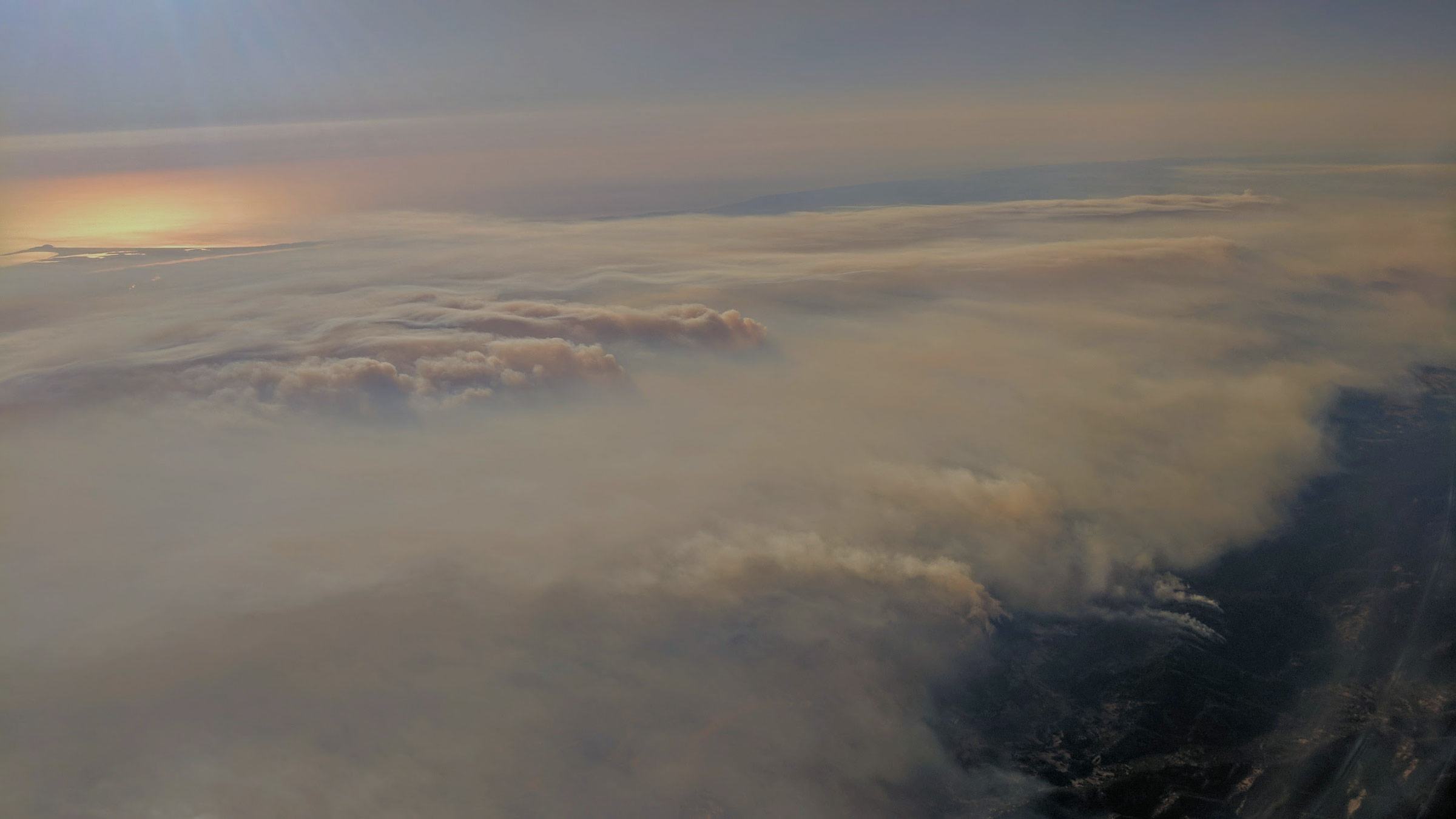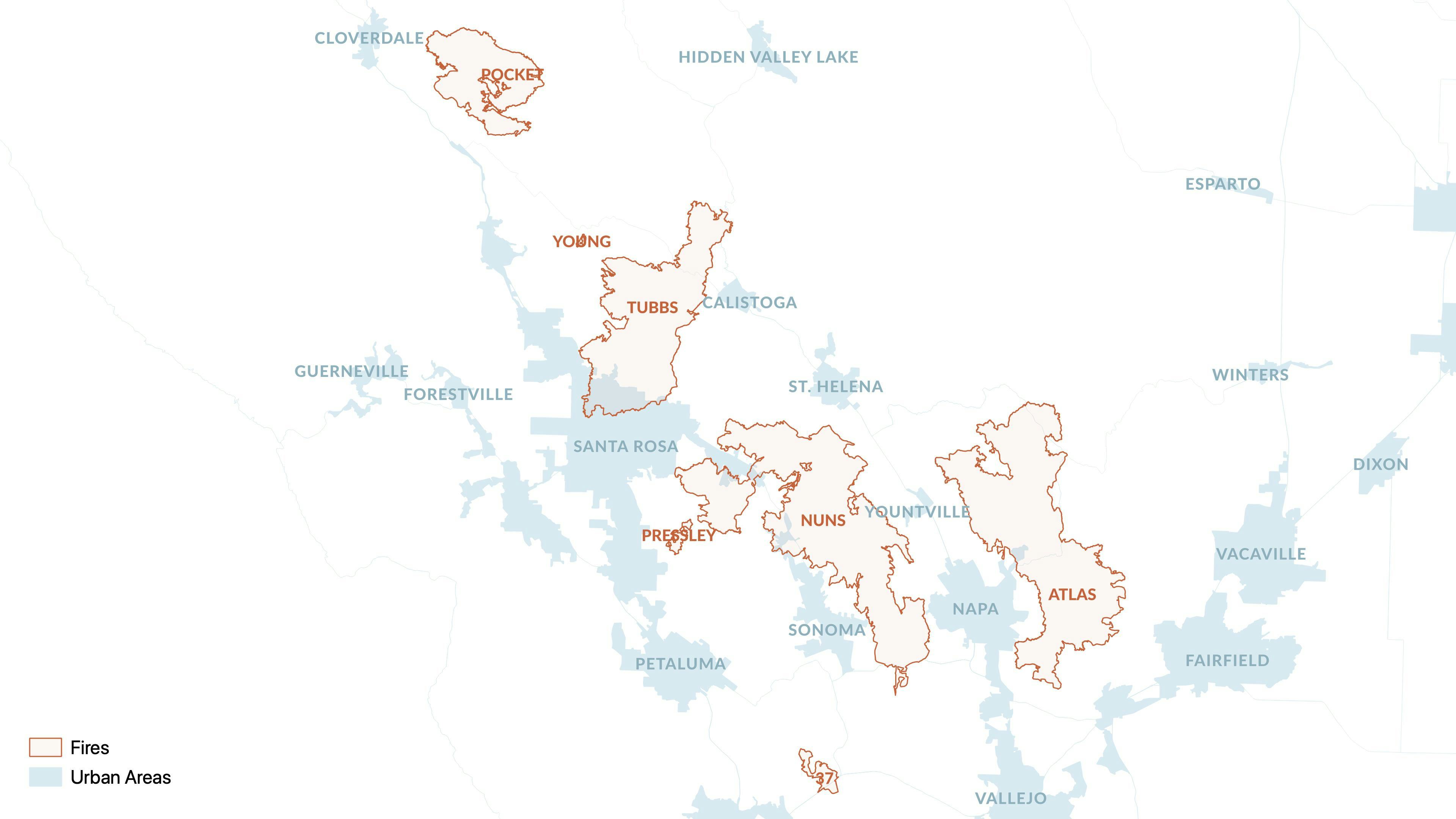

North Bay Fires
On the night of October 8, 2017, 13 wildfires burned over 245,000 acres and incinerated more than 9,000 homes. While many factors contribute to such ferocious fires, PG&E’s disregard for basic safety maintenance is the primary cause for 12 of those 13 fires, which resulted in at least 18 deaths.
A Deadly House of Cards
In 11 of the 12 fires, Cal Fire cited PG&E equipment as a cause. As dispatchers were flooded with terrified callers reporting fires across the region, they also received multiple reports of failing electrical transformers and transmission lines. PG&E failed to trim vegetation, which collided with equipment PG&E failed to maintain. Residents awoke to their homes engulfed in flames as the fires quickly spread, combining with larger, stronger wildfires. What started as dozens of smaller individual fires quickly merged into a series nearly unstoppable so-called “complexes” that took Cal Fire weeks to contain.


An Avoidable Night of Terror
During study of the Adobe, Atlas, Cherokee, Honey, Norrbom, Lobo, McCourtney, Partrick, Pocket, and Nuns Fires, investigators found evidence that PG&E violated Public Resources Code section 4293, a law which requires adequate clearance between trees and power lines. Just two days before PG&E started those fires, judges granted the for-profit power utility a requested delay in complying with legally mandated mapping of such vulnerabilities across the state.
These fires were no exception. PG&E regularly diverts safety funding toward shareholders and corporate bonuses. In fact, PG&E has repeatedly argued in court that they cannot both make a profit and keep us safe.
So why are we trusting a private entity with the safety of our communities, our homes, or our lives?